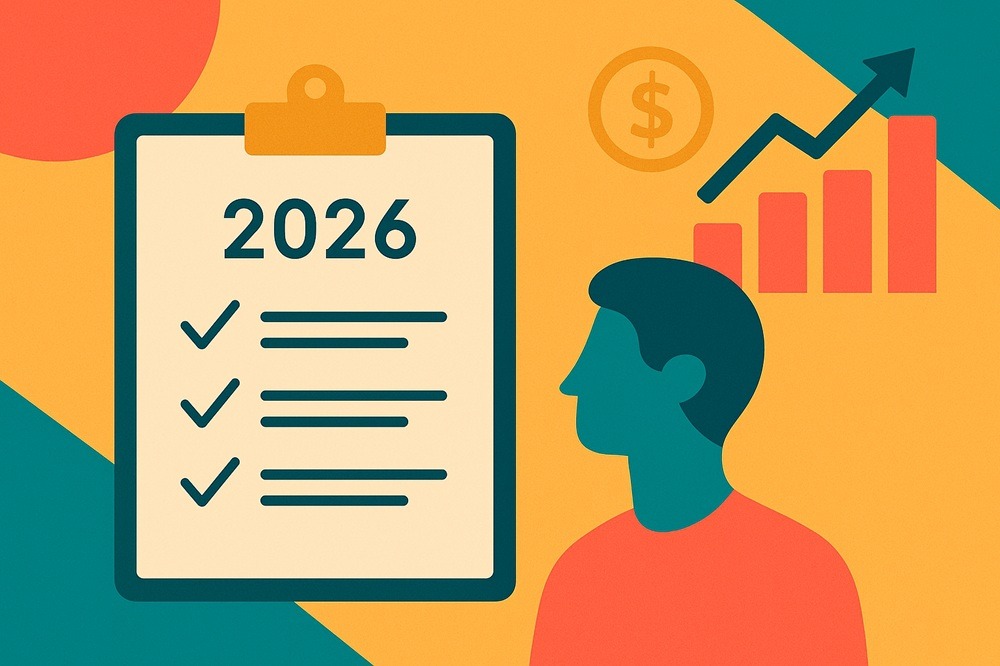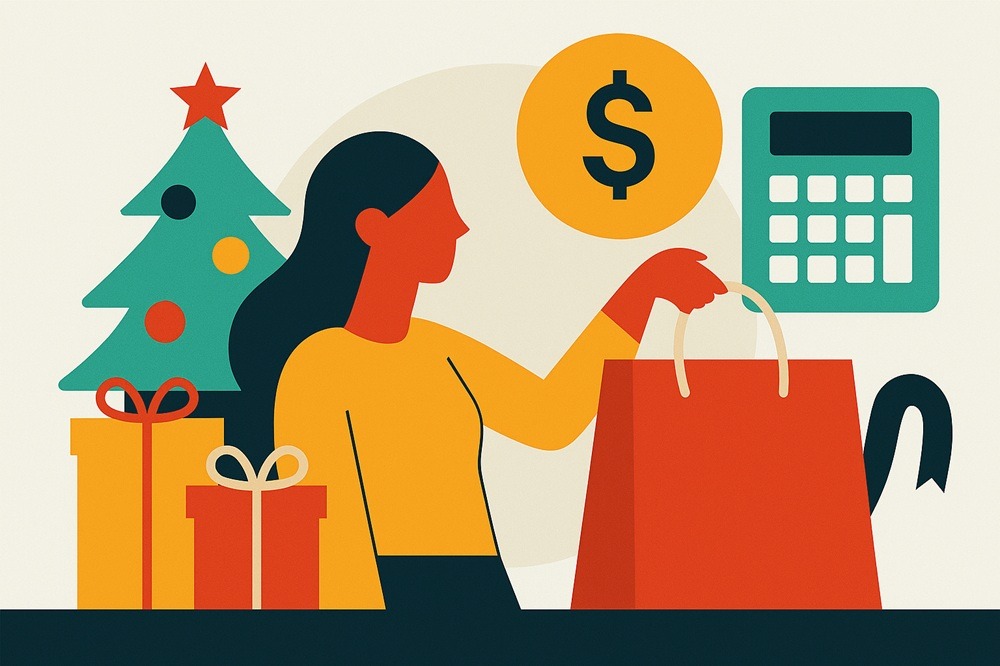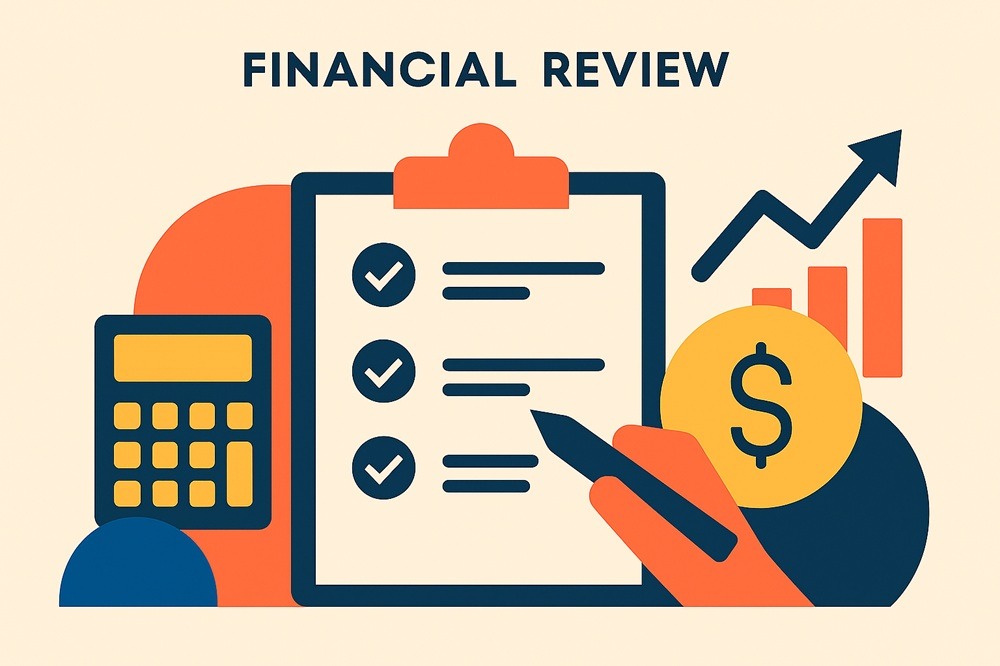Compound Interest: The Best Time to Plant a Tree Was Always 10 Years’ Ago

They say the secret to successful comedy is all in the timing. Funnily enough, the same goes for investment or debt management. But unlike with comedy, when it comes to money it is usually best to get in early. That’s because anything that earns interest is worth acquiring earlier – and anything that charges interest is worth paying off as soon as possible.
Compare two twins, born in 1990. They have just turned 30. Jemima has been saving $10,000 a year for the past five years, but now she has some other commitments and so she is going to have to stop saving extra money. At the same time, Jemima’s sister Alisha finds that she has become able to save $10,000 a year for the next five years.
By the time they reach 35, who will have the most savings? At first glance, you might think they would be equal: each of them saved $10,000 cash per year for 5 years. This should mean they have each saved $50,000, shouldn’t it? Not so fast.
Let’s suppose that they were earning a return on their savings. As a long-term example, assume that they each started earning 5% per annum from the time they started saving. Now, who will have the most on their 35th birthday?
Jemima wins, hands down. At the age of 35, her savings are worth $71,300, whereas Alisha only has $58,019. The difference is more than $13,000 – which is more than a years’ worth of savings and is a whopping 26% of the cash amount that the two sisters have saved. Simply by commencing 5 years earlier, Jemima has a 26% ‘jump’ on her twin sister.
This is all due to what is called compounding. Compounding is where the effect of previous years’ interest becomes magnified in later years. For example, when each of Jemima and Alisha save the initial $10,000, they generate 5% or $500 interest in the first year. That means that their savings were actually $10,500 after one year. In the second year, they add another $10,000, making $20,500. 5% is then added to this entire amount – meaning that they generate $1,025 interest. They are generating interest not just on the $20,000 they have saved – but also on the interest that they were paid in the previous year. (For simplicity, we have assumed they save the whole $10,000 on the first day of the year).
By starting earlier, Jemima gets to earn her ‘interest on the interest’ for more years. She also earns interest on her entire savings for more years, so there is a double effect. Compounding over the long-term is like that: you earn interest on your interest and you earn it for longer.
Compounding does not just work with savings and investments. It can also work ‘in reverse’ when we have debt to repay. Let’s change the above example slightly. Let’s say that Alisha and Jemima both take out a home loan for the exact same amount at the age of 25. The interest rate is 5%. For the first five years, Jemima is able to make additional repayments of $10,000 (this is the same as saving an extra $10,000). From the age of 30 onwards, she does not make any additional repayments. For the first five years, Alisha is unable to make additional repayments. From the age of 30 onwards, she can make additional repayments of $10,000 per year for five years.
Once again, both sisters have repaid an extra $50,000. However, because she did it earlier and the impact of the repayment has been compounding, at the age of 35 Jemima has reduced the home loan balance by $71,300. At the same age, Alisha has only reduced the balance by just over $58,000. (again, for simplicity, we have assumed that the sisters made the extra repayment in one payment at the start of the year).
You can see the simple point being made here: the sooner we start saving, or reducing our debts, the better.
One last thought we would like to leave you with. Many people who have not started saving will read the above analysis and think to themselves “I should have started five years ago!” In some ways, they are right. But it is a bit like finding a tree to hang your hammock from: the best time to plant that tree from was always 5 years ago. But the next best time to plant that tree is right now. Five years from now you can be happily swinging in the shade and congratulating yourself on your forward planning.


